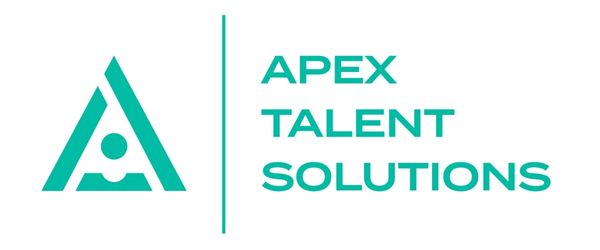Removing Unconscious Bias from the Recruitment Process
Unconscious bias is a phenomenon that affects us all. The recruitment process is no exception; job seekers and employers can experience unconscious bias when recruiting. Identifying and eliminating these biases is essential to ensure a fair, equitable recruitment process that provides equal access for all applicants. Here are some practical tips for removing unconscious bias from the recruitment process.
Understand What Unconscious Bias Is
The first step in removing unconscious bias from the recruitment process is understanding what it is and how it manifests itself in the workplace. Unconscious bias comes from our own beliefs and experiences, which can lead us to make snap judgments about people without even realising it. It can be based on factors such as gender, race, age, sexual orientation, socioeconomic background, or even physical appearance. It’s essential to recognise that these biases exist so that you can be aware of them in your own behaviour and work to mitigate their impact on the recruitment process.
Create an Inclusive Environment
Creating an environment of inclusion will help ensure that everyone feels safe and respected during the recruitment process. Ensure that everyone involved in recruiting understands the importance of diversity and inclusion, especially those making decisions about candidates. This includes hiring managers, recruiters, interviewers, HR staff members, and anyone else who may be involved in the selection process. Hold regular training sessions to provide feedback on any issues related to unconscious bias or diversity gaps in hiring practices. Implementing a code of conduct for all parties involved will also help foster an inclusive environment where everyone feels respected and appreciated.
Develop Clear Hiring Criteria
Develop clear criteria for each position being recruited so that all applicants are evaluated objectively based on their skills and experience rather than any subjective factors related to unconscious bias (such as race or gender). Make sure that any screening criteria used include only qualifications relevant to job performance—such as education level or years of experience—and not personal characteristics like age or marital status. Additionally, establish a well-defined evaluation process for interviewing candidates so that every applicant receives consistent treatment throughout the recruitment process.
Unconscious bias has no place in today’s workplace; however, it still exists in many organisations’ recruiting processes due to a lack of awareness or effort to remove it from decision-making processes. By working together with other stakeholders within your organisation—including HR professionals, hiring managers, recruiters, etc.—to build an inclusive environment with clear hiring criteria and training sessions aimed at identifying and eliminating unconscious biases within the organisation’s culture, you can create a more equitable recruitment process that ensures equal access for all applicants regardless of their background or identity. Doing this will help your organisation attract top talent and cultivate a respectful workplace culture where everyone feels valued and respected irrespective of their race/ethnicity/gender/etc.

